SLOW FASHION HOW AN IMMEDIATE MARKET STARTED TO RESPOND TO FAST FASHION MODEL PAYNG ATTENTION TO ENVIRONMENTAL, SOCIAL AND ECONOMIC PROBLEMS
INTRODUCTION: Fast fashion has triggered a series of problems, such as textile waste. Thus, paying attention to environmental issues, consumers are increasingly supporting slow fashion. This study sought to analyze how the slow fashion movement is a possible response to the fast fashion model, since consumers are faced with environmental, social and economic problems triggered by the era of immediacy. AIMS: The objectives are to develop studies on the events that led to the growth and popularization of the slow fashion consumption and production pattern – as a response to the fast fashion pattern -, as well as to evaluate how an immediatist and postmodern market responds to a movement based on consumption by necessity, taking into account the influence of environmental, social and economic problems; to identify which social factors led to the diffusion of slow fashion; to study environmental, social and economic problems, as well as their impact, to better understand their implications on the fashion market; to analyze how an immediatist and postmodern market responds to a movement based on consumption by necessity MATERIALS AND METHODS: The research is of an applied, diagnostic nature, with a predominantly qualitative methodological approach. Regarding its objectives, it is exploratory and, regarding the means used, the research is characterized as documentary, bibliographical and survey-based. RESULTS: As results, we understand, firstly, that the slow movement, in the most diverse areas, is based on sustainable development, in order to slow down the negative impacts that fast fashion has caused to the social and environmental environment. In fashion, slow fashion emerges with the aim of raising awareness about a “new way of consuming fashion that unifies ethical, conscious and sustainable principles in the fight against slave labor”. Then, we also identified that the slow fashion movement has gained followers due to the high environmental and social damage that fast fashion has caused, but it has been used by brands that do not follow the principles of the cause for economic purposes. However, when the public discovers the real way in which business is conducted, they lose a lot of value – monetary and brand. This is because consumers who are truly concerned about sustainability value the transparency of companies and will research the product before buying it. FINAL CONSIDERATIONS: It can be concluded, then, that awareness is the surest path to a possible solution to the problems that the fast model has brought. We have also identified that the most realistic scenario is the coexistence of the fast and slow models, since the success of one does not depend on the failure of the other.
KEYWORDS: Slow fashion; fast fashion; textile waste;




